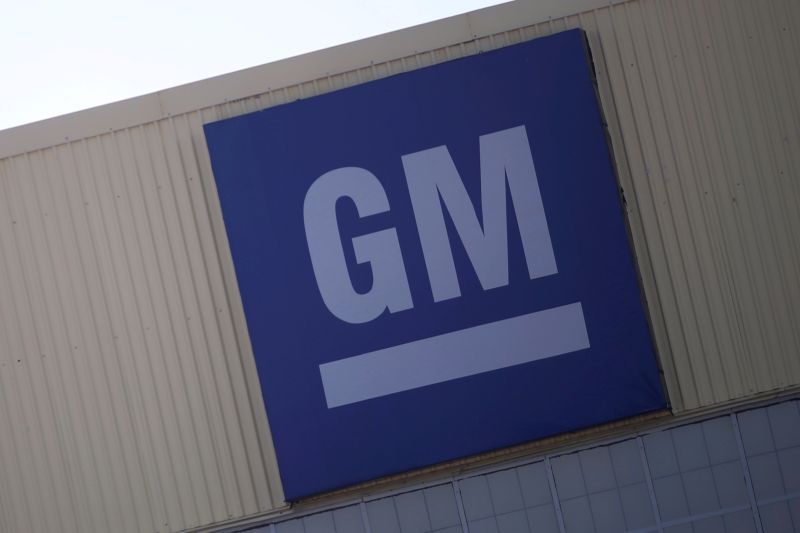General Motors (GM) is reportedly discontinuing its Ultra Cruise driver assistance program, a move that follows persistent comparisons of the technology to Tesla’s Full Self-Driving (FSD) beta. The decision comes as GM addresses challenges within its self-driving subsidiary Cruise, stemming from an October accident. Sources familiar with the matter, cited in a CNBC report, state that GM has decided to terminate the Ultra Cruise project after missing expected launch timelines.
According to one source, GM intends to redirect efforts towards advancing its Super Cruise system, opting for a more consolidated approach rather than maintaining two distinct Advanced Driver Assistance Systems (ADAS) with separate nomenclatures. While GM’s spokesperson, Darryll Harrison Jr., declined to comment directly on the discontinuation of Ultra Cruise, he emphasized the company’s commitment to expanding Super Cruise’s accessibility and capabilities across various GM brands and vehicle categories.
See also: General Motors Q4 Electric Vehicle Sales Reflects 3.1% EV Market Share
“GM continues to expand access to and increase the capability of Super Cruise, our advanced driver assistance technology,” stated Darryll Harrison Jr., GM’s VP of Global Tech Communications, in response to the CNBC report. “Our focus remains on safely deploying this technology across GM brands and more vehicle categories while expanding to even more roads.”
It’s important to note that Ultra Cruise, distinct from GM’s more limited Super Cruise, was initially designed for premium vehicles, with plans to offer hands-free driving and an extensive coverage area for the ADAS. Ultra Cruise was envisioned to leverage a combination of long-range cameras and short-range sensors, boasting greater computing power than its counterpart, Super Cruise. The system was also anticipated to utilize real-time data for vehicle control, drawing parallels with Tesla’s FSD beta.
GM had previously announced the debut of Ultra Cruise in its Cadillac Celestiq electric vehicle, with plans to cover over 2 million miles of roads at launch in the United States and Canada, expanding to more than 3.4 million miles. The system aimed to enable hands-free driving across a variety of road types, including city streets, subdivision streets, paved rural roads, and highways.
See also: General Motors Adjusts Cruise Budget Following Robotaxi Safety Incident
Amidst these developments, GM’s subsidiary Cruise has faced scrutiny following an incident in October involving one of its self-driving vehicles. The aftermath led to significant changes within Cruise, including executive departures and layoffs. State and federal investigations are ongoing regarding the accident response and technology of Cruise’s self-driving vehicles. GM CEO Mary Barra acknowledged the challenges at Cruise, emphasizing the company’s dedication to addressing the issues.

